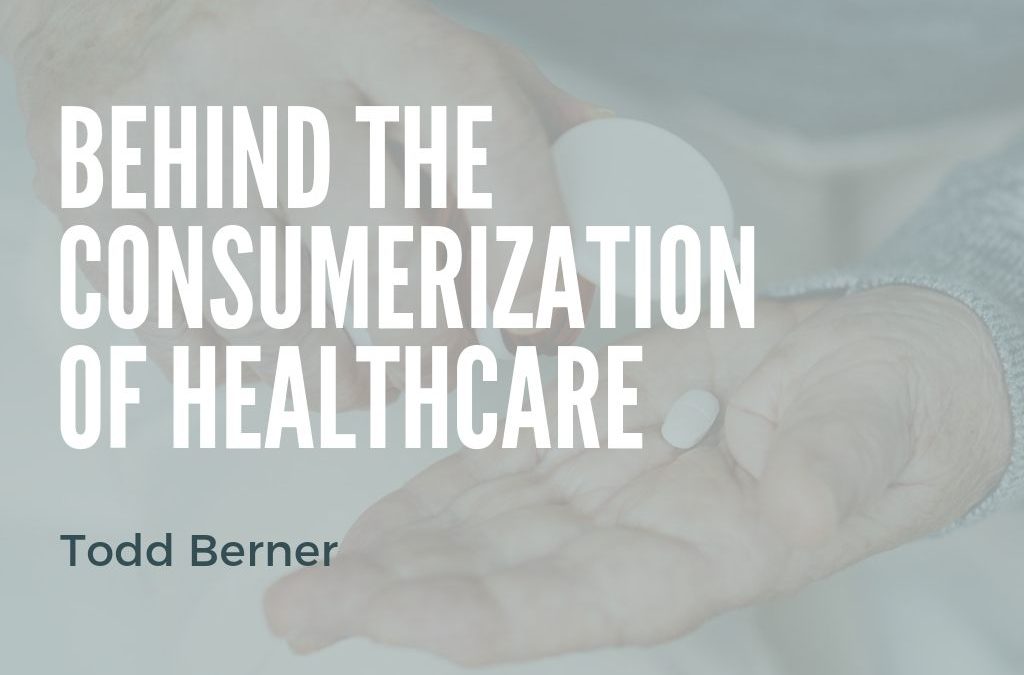The unfortunate truth about healthcare, and one that every organization must consider when making decisions, is that consumers will try to shop for providers due to the fact that they bear much of the financial burden. As such, organizations are placing a higher emphasis on creating a satisfying experience for patients when they visit hospitals and other care facilities. The good news is that overlaps with trends of patient engagement and feed into practices that really should be going on anyway.
The other factor that has contributed to the mass consumerization of healthcare in the last decade is the information boon. Given that patients are now able to access information (accurate or not) over the internet, providers are forced to compete with external forces to ensure that patients receive the care they need. Very seldom is self-diagnosis better than a visit with a doctor—though mounting prices make the mass pursuit of the former more understandable.
A happy medium to this issue is the rise of telehealth and the ability of doctors to meet virtually with patients. While the information age may contribute to the proliferation of misleading information, it can also facilitate easier (and therefore less expensive) visits to the doctor. The possibility of face-to-face communication also provides a personalized experience without the difficulty inherent in waiting rooms.
However, even though consumers may want to shop around for their ideal healthcare, it’s still very difficult for them to make decisions. In fact, a study concluded that only 12 percent of people given access to a healthcare pricing transparency tool used it in the first 15 months. The difficulty lies in the highly-variable nature of healthcare—price alone may not be a good indicator of what patients want, even if they are price-sensitive.
For future healthcare shopping platforms, any developers should spend time creating the best possible UI to simplify the process for consumers that may find it challenging. Personalizing things like apps and portals to the patient in question is valuable to ensure that they feel like their needs are being heard in the often-chaotic exchange of information. For healthcare organizations, it’s worth considering ways to add value outside of standard services offered, including ways to align with their lifestyle needs.
The other side of these new developments is the fact that patients have a lot more power to praise or decry healthcare organizations as they see fit. Star rankings for hospitals and other facilities are a shorthand to indicate quality as patients examine their options. While the closest hospital should be used in the event of an emergency, this gives patients ways to learn more about the value that each facility creates for them and the treatment they can expect to receive. Hospitals must reevaluate the ways they’re staying competitive or risk poor impressions from prospective patients.
